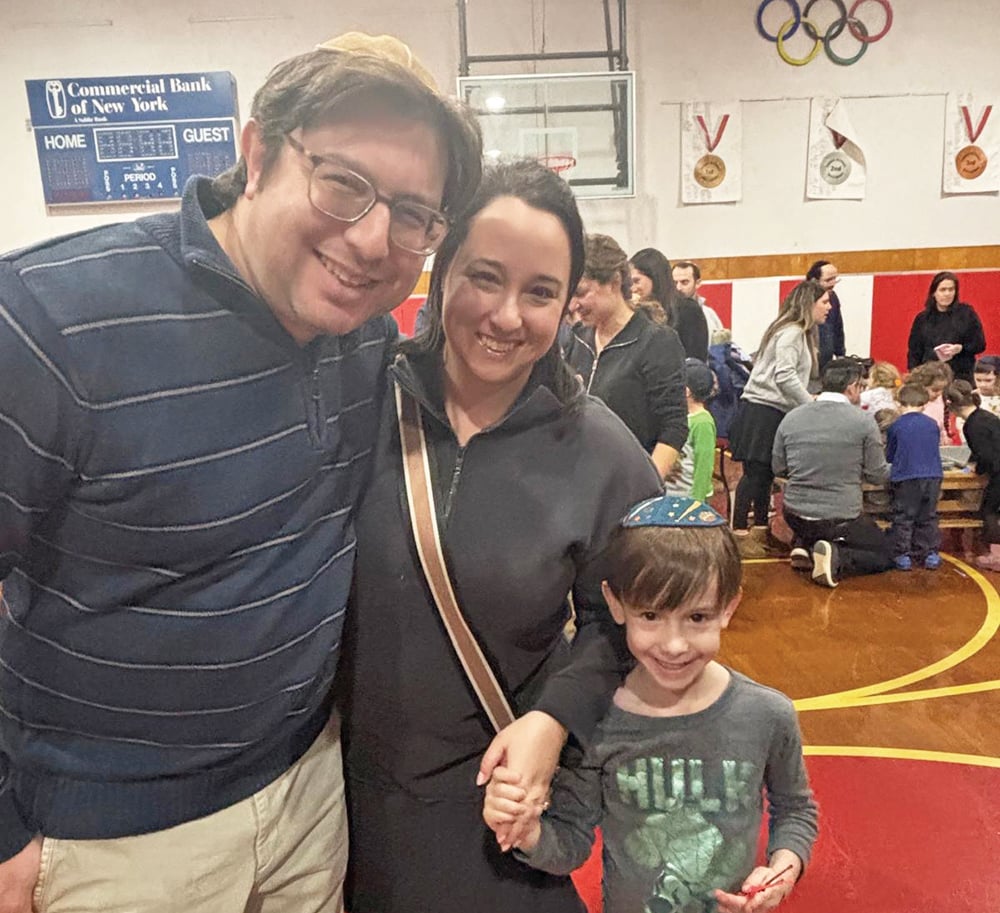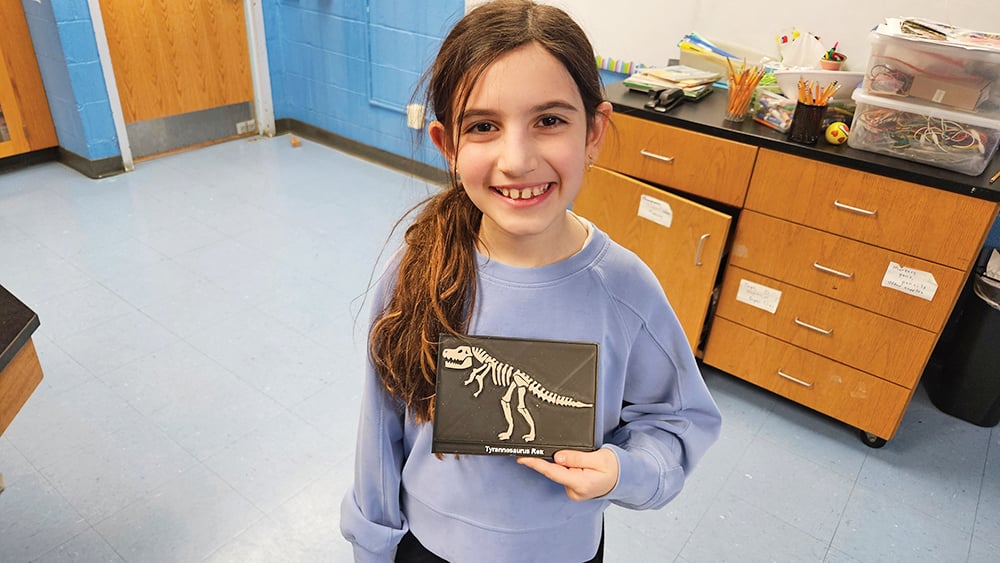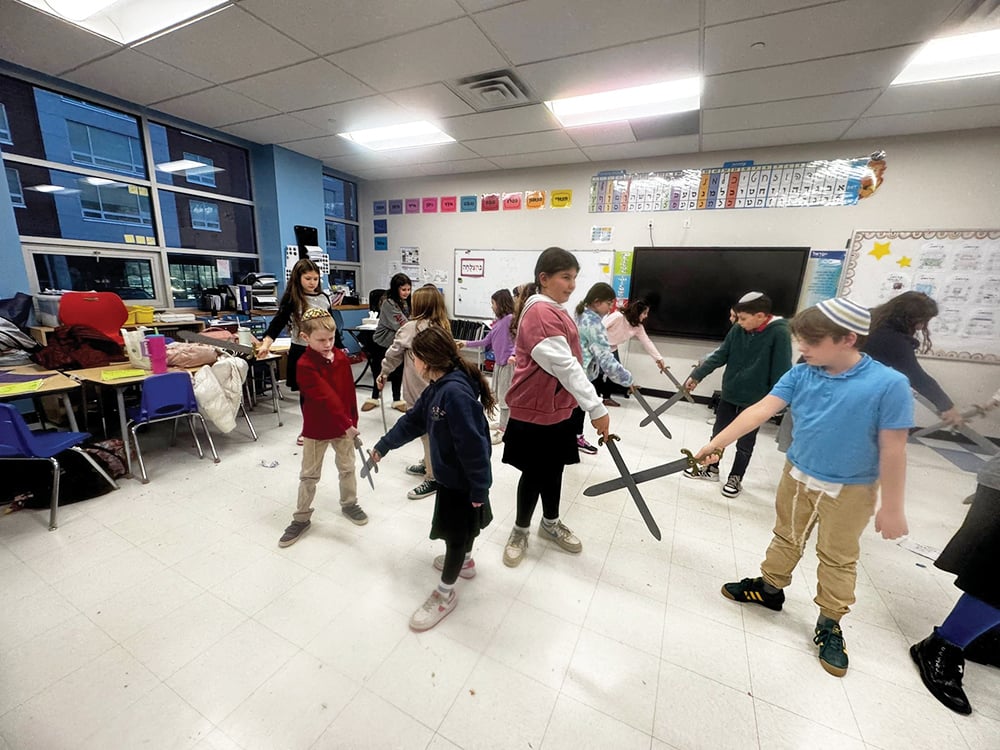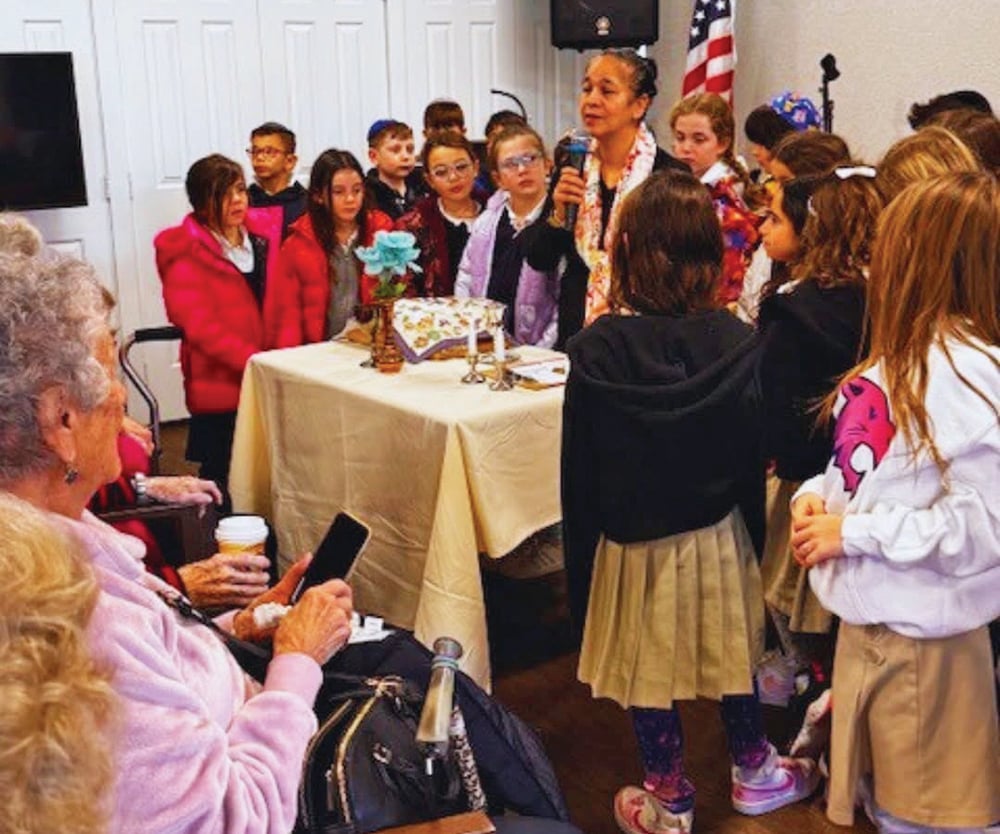The lengthy unbroken Mishnah at the start of the second perek of Taanit begins by describing the customary order of fast days (for the final seven fasts). They remove the aron kodesh from the shul to the main city square and place ashes upon it. On Taanit 16a, Rabbi Zeira (a third-generation Amora who went from Bavel to Israel) notes מֵרֵישׁ כִּי הֲוָה חֲזֵינָא לְהוּ לְרַבָּנַן דְּיָהֲבִי אֵפֶר מִקְלֶה עַל גַּבֵּי תֵּיבָה מִזְדַּעְזַע לִי כּוּלֵּיהּ גּוּפַאי, when he first witnessed the rabbis putting ashes on the ark, his entire body trembled. The other time this expression appears in the Talmud is Brachot 6b, where Rabbi Zeira says מֵרֵישׁ כִּי הֲוָה חֲזֵינָא לְהוּ לְרַבָּנַן דְּקָא רָהֲטִי לְפִרְקָא בְּשַׁבְּתָא, אָמֵינָא: ״קָא מְחַלַּיִין רַבָּנַן שַׁבְּתָא״, that when he first witnessed the rabbis running to the Torah lecture on Shabbat, he said “the rabbis are violating Shabbat.” However, he continues that when he heard Rabbi Tanchum (third-generation Amora, Israel) cite Rabbi Yehoshua b. Levi (first-generation Amora, Israel) that one should always run for a matter of halacha, even on Shabbat, with a prooftext from Hoshea, he too would run to the lecture. Rabbi Zeira is consistent in employing this expression, though the implication seems slightly different in each—an initial impression, but perhaps one that was overturned. I wonder if each “initial impression” was after Rabbi Zeira made aliyah—the fasts for rain in Israel, which is highly dependent on rainfall (vs. Bavel, which is saturated with rivers), and the running to lecture involving prooftexts from an Israeli contemporary.
The Mishnah continues that they would also place ashes on the heads of the nasi and deputy nasi, and each regular person would place ashes on his own head. Rabbi Abba of Caesarea (elsewhere, Rabbi Adda of Caesarea, another third-generation Amora of Israel) explains that having another person place the ashes on the nasi/deputy nasi’s head was done because someone else doing it increases the humiliation.
The Gemara prompts: And where on the head do they place it? Rabbi Yitzchak (Nafcha, again a third-generation Amora, who traveled to and from Bavel and Israel) says that they place it where one dons tefillin, on the head-pate, based on Yeshaya 61:3, “to place to those who mourn in Zion, to give them an ornament [פאר] in place of ashes [אפר].” (This verse employs an anagram.) And פאר is taken to refer to tefillin.
The attribution is curious, because in Bava Batra 60b, the same Rabbi Yitzchak explains Tehillim 136:5-6, “if I forget thee, Yerushalayim… if I don’t set Yerushalayim above my highest joy [al rosh simchati]”, that this refers to the practice of placing ashes on the heads of bridegrooms at their wedding. Rav Pappa (fifth-generation Amora, Bavel) asks Abaye where they place it. Abaye, a fourth-generation Amora who is Rav Pappa’s teacher, answers (implicity, or else Rav Pappa continues) that they place where one dons tefillin, and cites the same verse as above, of פאר in place of אפר. There is an implicit extra force to the drasha in this context, since if we actually read the full perek (as we always should when the Gemara cites a verse), Yeshaya 61:10 also refers to rejoicing as a bridegroom dons a priestly diadem, פאר. Did Abaye plagiarize Rabbi Yitzchak’s drasha?
It’s possible that since Rabbi Yitzchak’s drasha from Tehillim (for placing ash on a bridegroom) was in scope, when Abaye clarified the placement using another drasha, attribution to Rabbi Yitzchak was implied. More likely, of the two identical drashot of Yeshaya (regarding position on the head pate) in Taanit and Bava Batra, Abaye’s version in Bava Batra is primary. As above, the discussion there is about bridegrooms, and another verse in Yeshaya 61 mentions bridegrooms and פאר. The repetition in Taanit is due to a ha’avara, a transfer of sugya, since even for fast days we would wonder where the people placed the ashes. The Talmudic Narrator takes Rav Pappa’s query and transforms it into an unattributed prompt (וְהֵיכָא מַנַּח לְהוּ). Then, it borrows the drasha and attributes it, but in its haste is imprecise (וְאַגַּב רִיהֲטֵיהּ לָא דָּק) and misattributes it to Rabbi Yitzchak, who appears at the start of the sugya in Bava Batra.
Rav Pappa (300-375 CE) had Rava as his principal teacher, but when Rav Yosef (b. Chiyya) died in 333 CE, Abaye (280-338 CE approximately) took over leadership of the Pumbedita yeshiva, while Rava split off and established a yeshiva in Mechoza. Rav Pappa remained in Pumbedita studying with Abaye, so their conversation about where to place ashes might have occurred in Pumbedita, 333-338 CE.
Upon Abaye’s death (338), Rava (280-355 CE) merged the yeshivot and took over leadership. After Rava’s death (355 CE), Rav Pappa established a yeshiva in Naresh, near Sura. Last week (Taanit 9), three of Rava’s students came to study with Rav Pappa upon Rava’s death, but they found the presentation obscure/unreasonable, and would gesture to each other about it. This pained Rav Pappa. He dreamt that the verse in Zecharia 11:8 was read to him, “and I lost three shepherds [in one month].” Again, one should read the verse in context, as it ends: “then my patience with them was at an end, and they in turn were disgusted with me.” The next day they took their leave, and Rav Pappa tells them, “may the rabbis go in peace.”
Rabbi Dr. Joshua Waxman teaches computer science at Stern College for Women, and his research includes programmatically finding scholars and scholastic relationships in the Babylonian Talmud.













